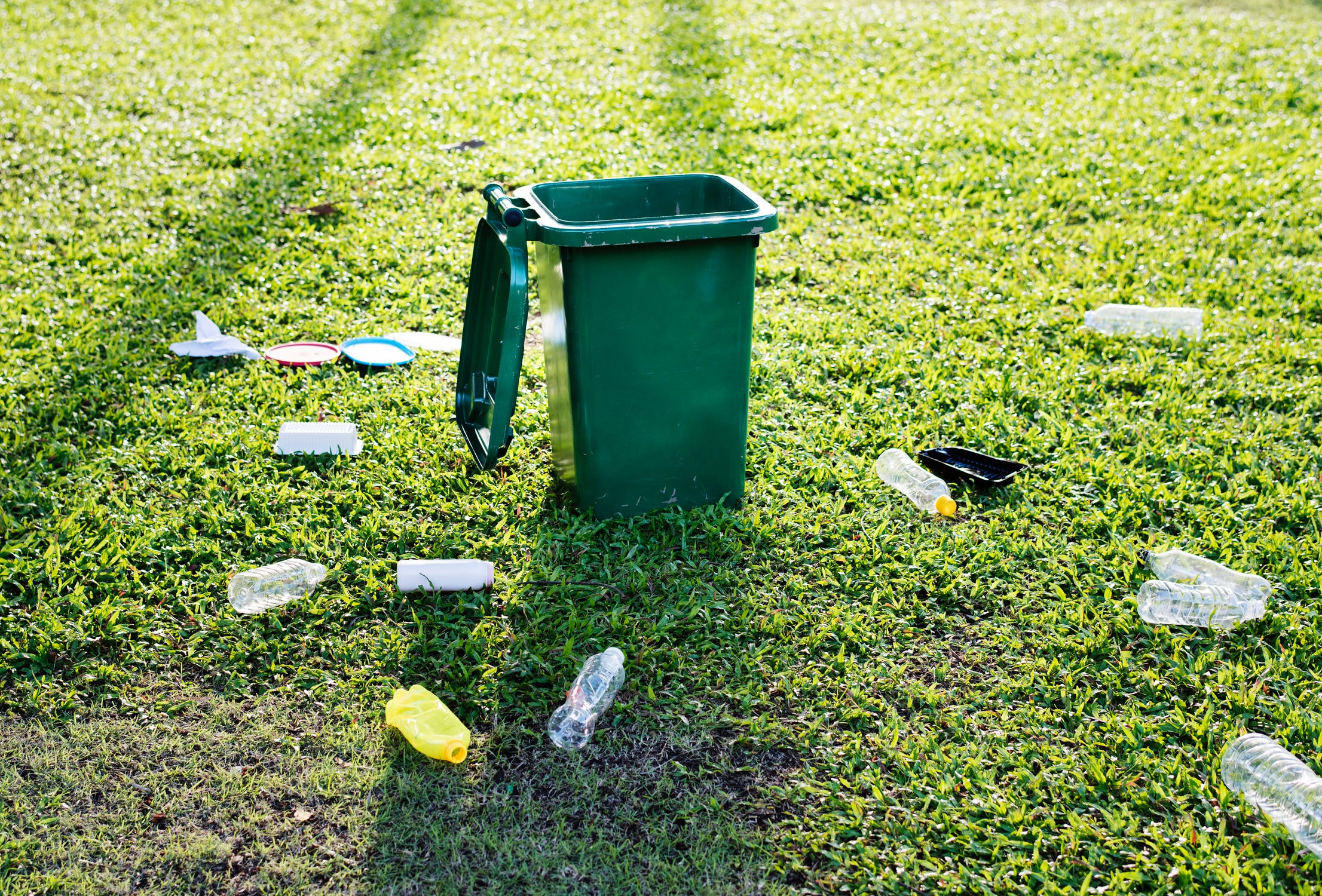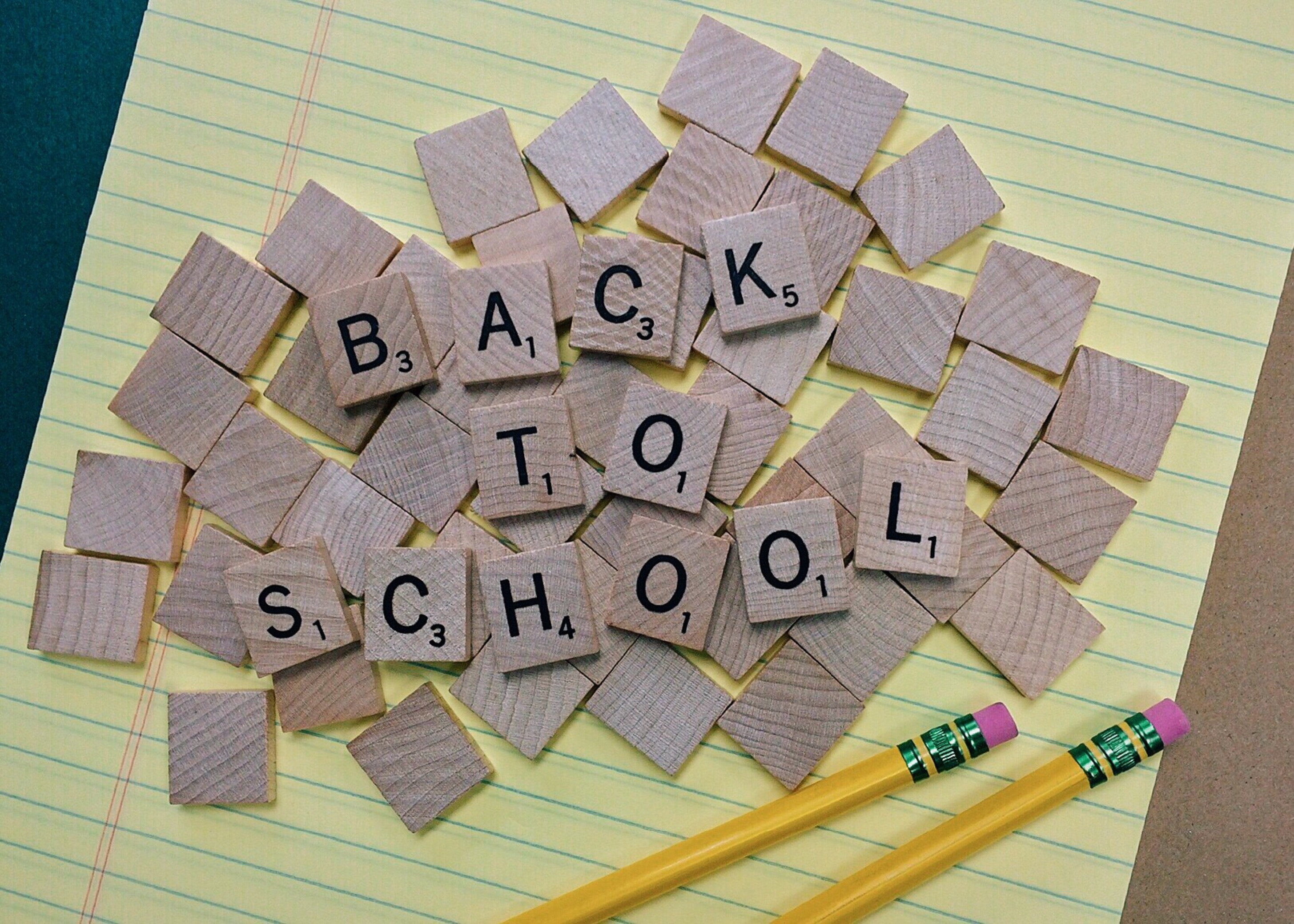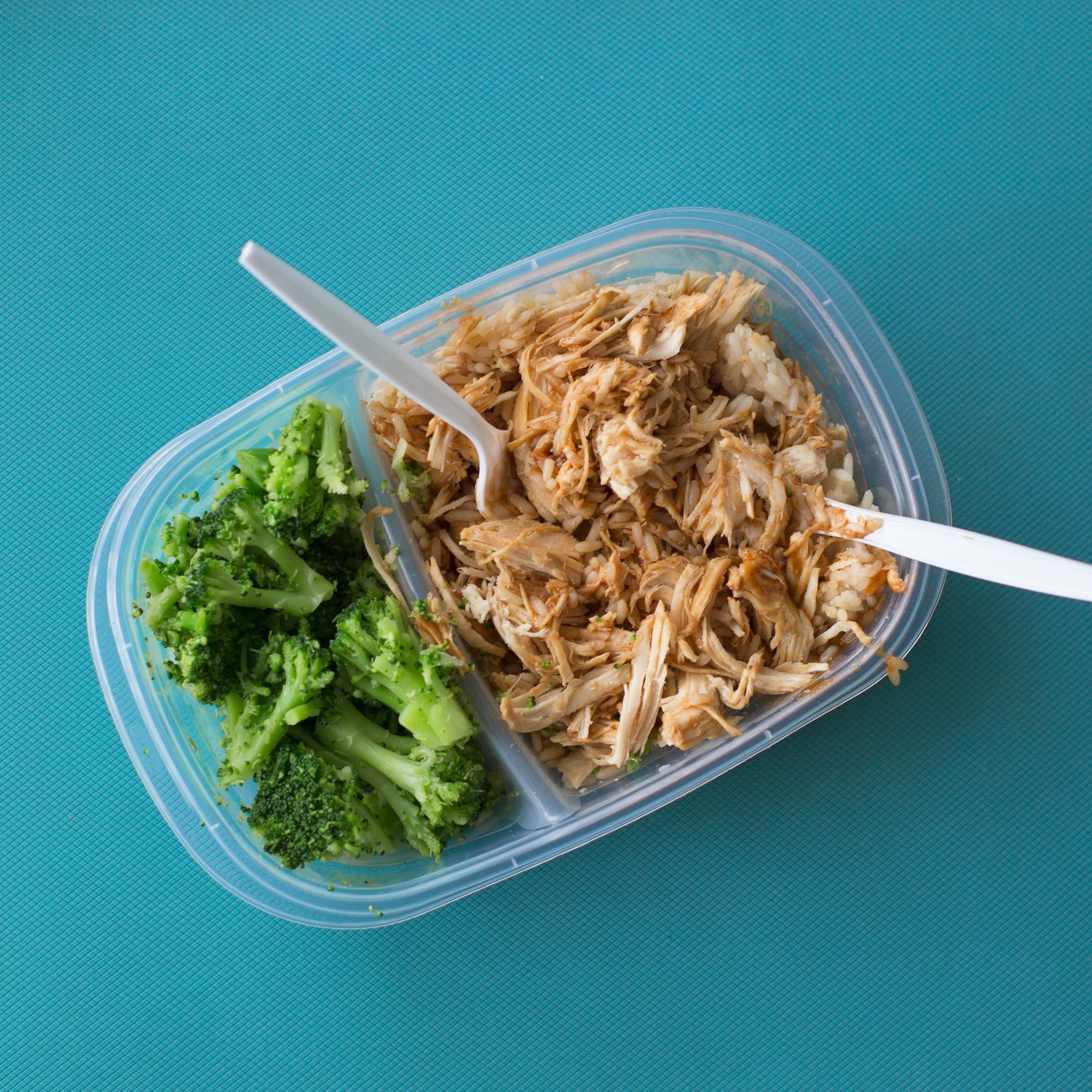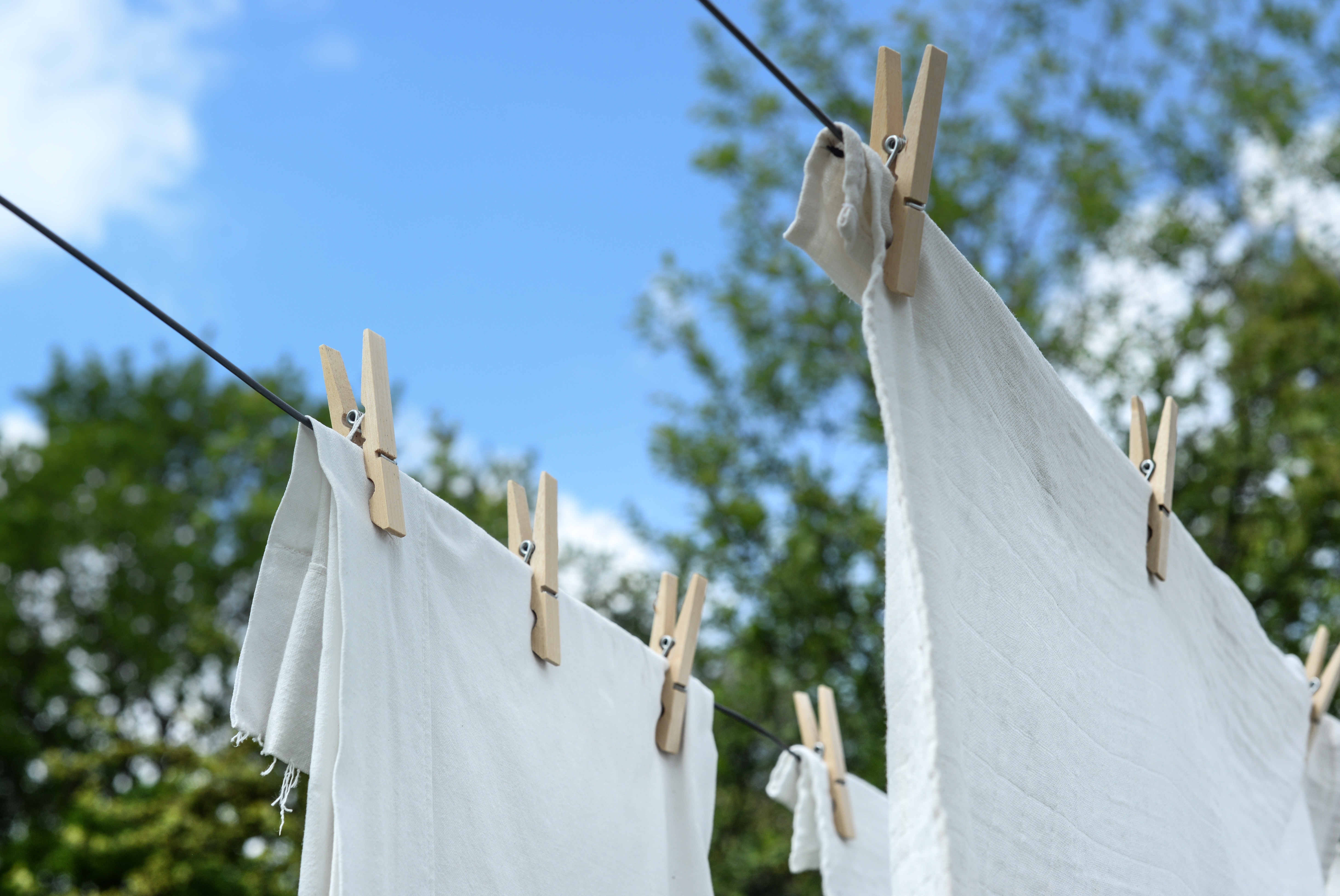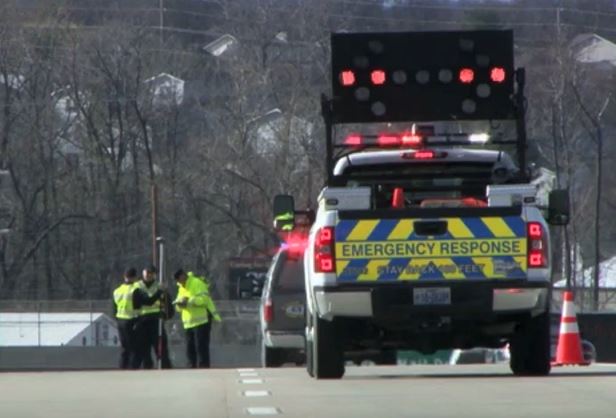While the holidays are meant for appreciating time spent with family and friends, our impact on the environment and air quality can be overlooked in the midst of all the gatherings this time of year. From Thanksgiving to New Year’s Day, household waste such as food, holiday cards, decorations, wrapping paper, bows, ribbons, and shopping bags increases by more than 25 percent. As a result, an additional one million tons of waste heads to landfills each week.
These statistics may come as a shock, but thankfully, there are a variety of ways to incorporate sustainability into our favorite holiday celebrations. The more people who participate in these energy and resource-saving activities, the greater and more positive effect they will have on our planet. With that in mind, here are just a few of the many ways you can go green for the holidays, celebrating to the fullest while minimizing any negative effects on the environment:
- Send Out eCards and Recycle Old Cards – Send holiday wishes to loved ones via ecards to save time, postage and trees. This is the optimal choice not only because there’s no paper needed, but also because there’s no delivery vehicle involved that contributes to harmful greenhouse gas emissions. Consider reusing the fronts of old cards as holiday postcards or gift tags.
- Choose Greener Travel Options – If possible, consider traveling by bus or train to your destination. These are the greenest options and can offer a certain level of convenience, particularly if the weather and roads are bad along your travel route. If you must fly, check to see if you can get an affordable nonstop flight to help improve the air quality by cutting back on carbon emissions that come from takeoff and landing.
- Gift Differently – Consider giving a homemade gift such as a knit scarf, painting, homemade bath bomb, jar of jam or other tasty seasonal treats to loved ones this year. Gifting a used item from a second-hand shop or looking for items in your own home for a holiday exchange are also great ways to cut back on cost and green your holiday shopping.
- Shop with Reusable Bags – Holiday shopping is great fun but also a huge producer of plastic shopping bags. Keep reusable bags in your car so they’re always available and you don’t have to worry about forgetting them at home. Using and reusing cloth bags can help to clean the air by reducing the thousands of bags that end up in landfills.
- Use Eco-friendly Wrapping Alternatives – Newspapers, old posters, maps and reusable gift bags all are great ways to present your gifts this holiday season. Scrap fabric lying around the house also makes for beautiful, personal, and unique gift wraps. If you choose to buy gift wrap, look for recycled content gift wrap paper whenever you can find it.
A few small changes are all it takes to give the gift of helping the St. Louis region breathe easier this holiday season. For more tips, visit www.cleanair-stlouis.com, like us on Facebook and follow us on Twitter at @gatewaycleanair.




